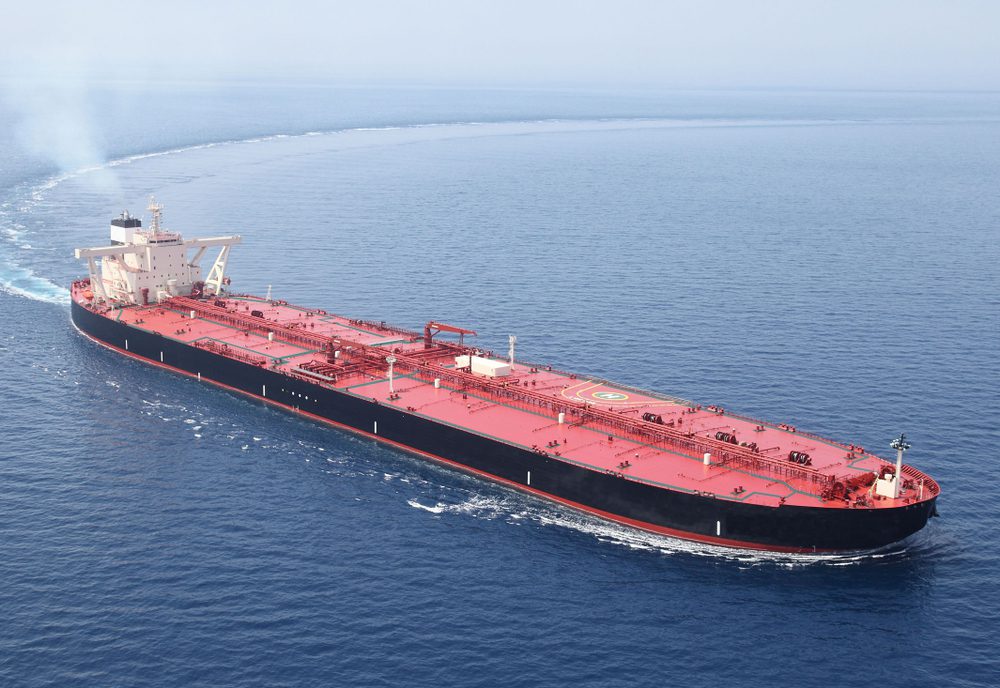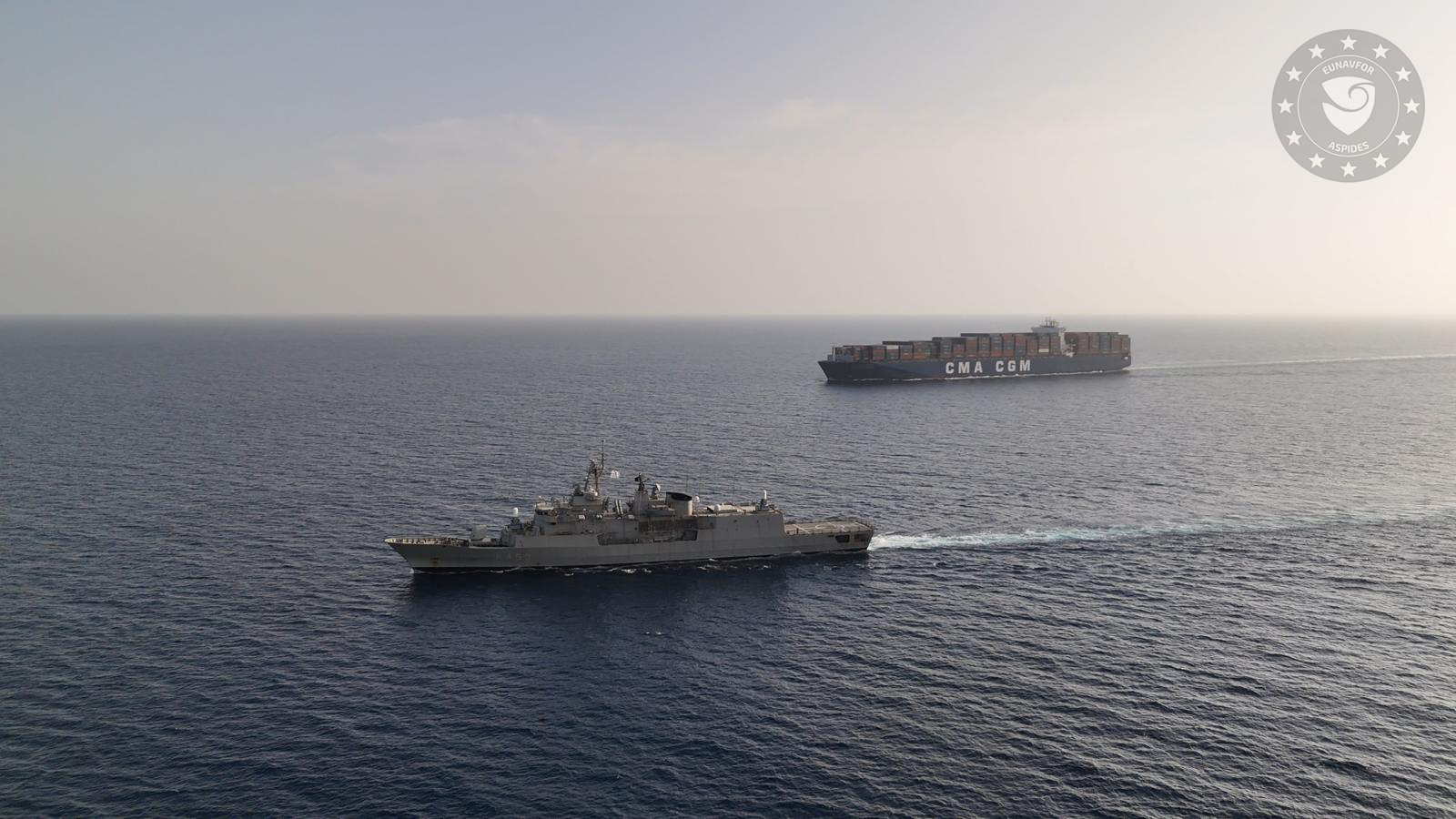A Coast Guard C-130 fixed wing aircraft overflies an iceberg during patrol. Service with the International Ice Patrol is one of the many operations of the C-130. U.S. Coast Guard Photo
The U.S. agency tasked with monitoring iceberg activity in the North Atlantic counted about 1,000 icebergs that drifted into shipping lanes this year.
The mission of the International Ice Patrol, which is organized by the USCG but includes international partners, is to monitor the iceberg danger in the North Atlantic Ocean and provide relevant iceberg warnings to ships. The IIP has actively patrolled the Grand Banks of Newfoundland area for the extent of iceberg danger for each season since 1913-the year after the Titanic sank.
Ice season runs from February 1st through July 31.
This year, the International Ice Patrol tallied a total 1,008 icebergs that were detected in the N. Atlantic shipping lanes, marking the fourth consecutive season where the danger has been classified as “extreme”.
The number of icebergs detected this season was up sharply compared to 2016, when 687 icebergs were detected. With the new numbers in, officials said that this year marked the 19th most severe season since records began more than 100 years ago.
One notable shift this year was the increasing use of satellite imagery to detect icebergs. Officials noted only 2 percent of the icebergs flagged in 2016 were found using satellites, compared to 22 percent in 2017. The IIP typically relies on fixed wing U.S. Coast Guard aircraft to conduct the primary reconnaissance missions for the Ice Patrol.
Looking ahead to 2018, experts predict a near-normal number of icebergs.

 Join The Club
Join The Club











